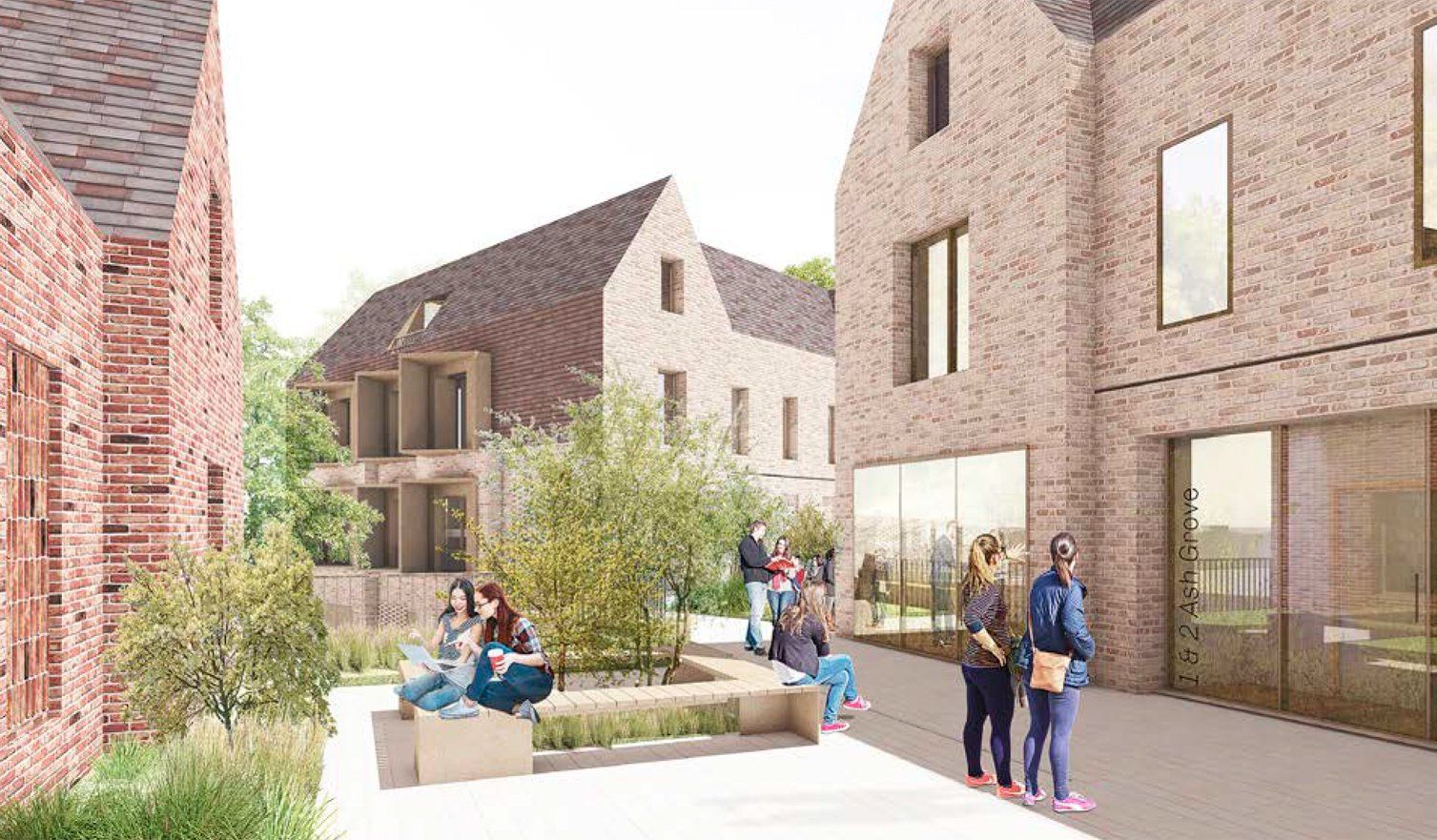June 15, 2020
Times have changed for students in recent years. Gone are the days when your student hall room boasted a narrow single bed, MDF desk, cheap economy carpet and the fight for the bathroom in the morning. Today’s 18 year old student can look forward to a life of luxury in comparison. In the last ten years purpose built student accommodation (PBSA) has sprung up across the country, offering today’s student their own personal studio flat where they have their own kitchen and bathroom within their room… However this luxury student lifestyle comes at a cost, especially if you study in the capital. Studios in London have hit a high of £568 a week for a premium studio and is currently let out but this is significantly more than the majority pay. Although London has the most expensive student halls in the country there is also many hundreds of other student halls being built across the country. In fact 287 new purpose built student halls were opened in time for the new 2017 academic year. Sheffield, along with London, saw the greatest increase of private stock. Investors, unsurprisingly, are rushing to back this sector with an estimated £5.3billion to be invested in 2017, 17% more than in 2016. However developers are finding that it is becoming more and more difficult to find the land to build student blocks on with some saying that certain towns and cities have reached saturation point. In fact the growth of student housing in the UK is determined more by the constraints on finding a site to build on rather than a lack of students to fill the rooms. However the purpose built student accommodation market continues to be one of the most attractive markets in real estate for investors. Overseas buyers are bringing an influx of capital due to the value of foreign currencies against the British pound. Investors have come from Russia, China, Singapore and the Middle East this year. The UK student accommodation sector is also resilient to concerns in regards to Brexit, just as it did during the economic downturn, which is very attractive to overseas investors. The sector has grown 37% since 2014. Paul Brundell from Brundell Property said “We have seen a massive growth in purpose built student accommodation and we will continue to see this growth as long as it stays the main choice for all university students.” Councils across the country are also keen for these purpose built student accommodation blocks to be built, as they free up private rental sector homes for families. The introduction of PBSA into a number of locations across the UK could see around 77,000 homes come back on the market for families, significantly contributing to housing targets for councils. The student blocks being constructed do not just offer studios within them but also en-suite pods and cluster flats, for those student who don’t mind sharing a bathroom. However all of these blocks offer something luxurious to today’s student, such as gyms, cinemas, cafes, roof top nightclubs and some even have a concierge. So who is staying in these student blocks? A lot of rooms are rented by wealthy overseas students, who regard the UK as offering high standards in education and with the emergence of English as the international language of business, an education here is very appealing. The UK now has the second largest number of enrolled international students in the world, in some of the top UK universities there are as many as 30% of the students that are foreign. It is these students who are willing to pay any price so that they live the UK university experience. This increase in international, along with domestic, students means that universities need to offer high quality student accommodation, which PBSA offers. PBSA allows international students to shop around for accommodation before they arrive in the UK as they can view and book all of their accommodation online. In 2016 the UK attracted 112,000 full time students from within the EU and over 285,000 from other foreign countries. It is thought that international student numbers will increase by 6% per year over the next three years. In fact Chinese student numbers have nearly doubled over the last ten years to 14,000 students. So which towns and cities are in the strongest demand? Top of the list is Bath due to strong demand characteristics, good prospects for rental growth, high occupancy levels and strong rents. In second place is Birmingham, followed closely by Brighton, Bristol, Edinburgh and Exeter. Three new cities moved into the top ten cities in demand for student housing, namely Exeter, Guildford and Leeds. Liverpool however has slipped down the rankings due to worries that the city may be oversupplied. Britain’s towns and cities have had their streetscape changed forever due to this boom in PBSA and the trend does not look as if it is going to slow down anytime soon.



